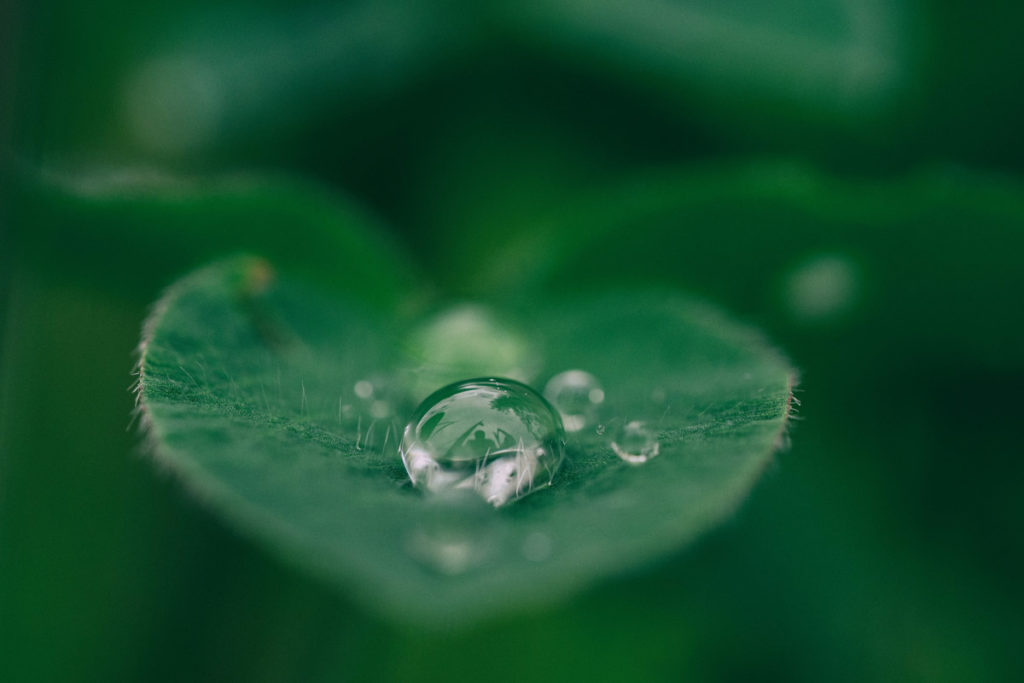
Life cycle assessment as an instrument for sustainability
Today, the selection of materials from the point of view of environmental compatibility is discussed on the basis of life cycle assessments. The criteria for evaluation are the economical use of energy and resources and minimal environmental impact. Most life cycle assessments are limited to the determination of energy requirements and to a material balance (life cycle inventory), since the assessment of environmental damage through the comparison of different pollutants is very complex. The life cycle assessment for copper is also a pure life cycle inventory. The efficiency of energy production was taken into account for the energy used in all processes.
In order to meet its own sustainability goals, but also to take into account the increasing interest of end users and legislators, the copper industry has conducted extensive LCA analyses on the European production of copper and its most common semi-finished products (tube, wire, sheet). Although ore mining and processing are the main influencing factors of the cradle-to-gate life cycle, there are often other important impacts on the LCA of copper, including the location of ore deposits or the local energy sources needed to process the ore.
This so-called Life Cycle Assessment is a scientific tool for evaluating the environmental impact of products. It is increasingly used in the design phase to optimise over the initial production, use phase and end of life, reflecting disposal or recycling.
Learn more about the copper life cycle
Furthermore, to meet future copper demand, an increase in mining and recycling as well as significant investments in primary production must be ensured. Ultimately, the impact for semi-finished products depends heavily on the environmental profiles of the copper cathode and the proportion of used scrap metal.
The central goals of environmentally sound development are the careful and efficient use of energy and raw material resources. The development of closed material cycles is an essential contribution on the way there. The copper industry takes these goals into account by processing and recycling almost all intermediate products that are produced during the production of copper. The decisive advantage of copper materials lies above all in their recyclability, as already described. Unlike many other materials, copper can be processed again and again into new, high-quality products without any loss of quality.
Are you looking for a different content?
Sustainability
The life of copper is infinite and has no end phase.
More